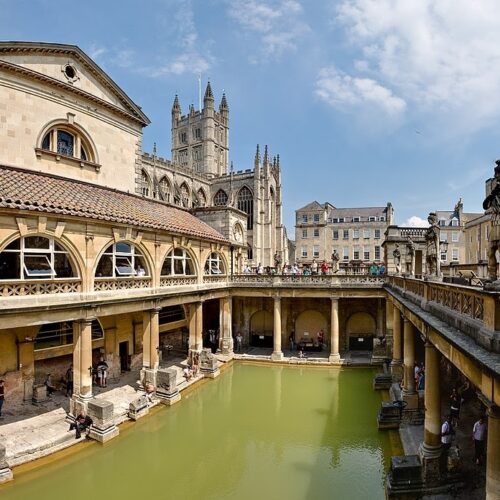
Green design
Good interior design sets out to create ergonomic, functional and aesthetically pleasing environments that are pleasant to interact with. In response to increasing societal awareness of environmentally responsible design, more clients are seeking to incorporate the principles of sustainability into their interior spaces. Design and construction using ‘green’ principles can incorporate a host of carbon footprint reducing and energy efficiency increasing features, from greater insulation, window shading in place of AC cooling, geothermal or air source energy for heating and hot water, recycled materials for less embodied energy content and providing access to renewable, non-carbon-based energy. Designing for longevity and minimal maintenance for a long life-cycle also reduces carbon footprint. You might think these things are all behind the scenes but green design can actually determine the nature of spaces too.
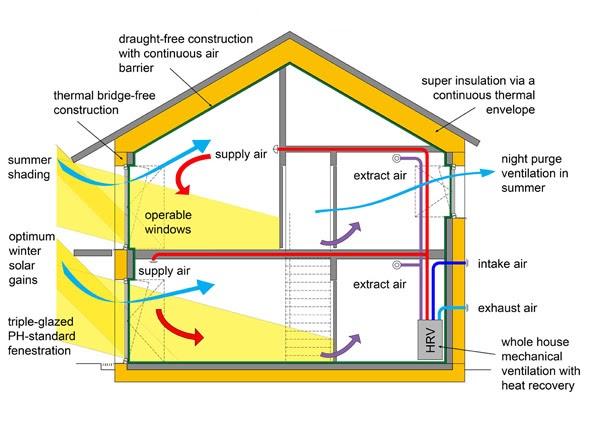
Apart from during sleep, spaces need light for us to function in them. Responsiveness to natural light is called the ‘circadian’ rhythm. Beyond regulating sleep-wake schedules, these cycles affect a range of bodily functions from hormone release to eating habits and digestion as well as body temperature. Workers exposed to good levels of natural light report improved satisfaction and productivity. Artificial lighting influences us too; our moods, concentration and even appetites. We perceive space as calmer in low, indirect and warm lighting whereas blue daytime light boosts energy making us more task focused. Design choices can actually save energy too; rooms with darker tones need more artificial lighting and therefore more energy, whereas reflective surfaces increase light levels in a space by bouncing it around.
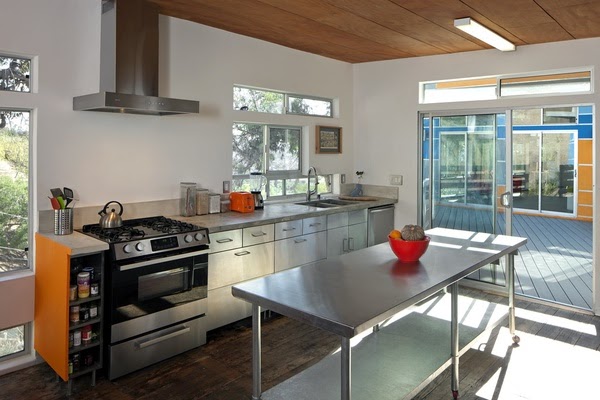
The term, ‘biophilia’ comes from Greek and means a love of nature. Increasing urbanisation has left many people feeling disconnected from the natural world. Within the workplace, biophilic design can help aid wellbeing by connecting people to nature and natural processes. An interior responsive to this might introduce potted plants, a green wall or small internal gardens as well as opening windows for fresh air, natural colours, organic shapes and natural materials such as wood, wool, natural stone or timber. As well as providing valuable daylight, windows also offer visual interaction with the outside world. This could be an external courtyard with planting and a water feature or simply access to a distant view of greenery and trees. However, although windows bring these benefits, most of the heat in a space escapes through them, fortunately, glass manufactured with high performance coatings can prevent overheating by blocking solar radiation, and triple glazing gives thermal insulation.
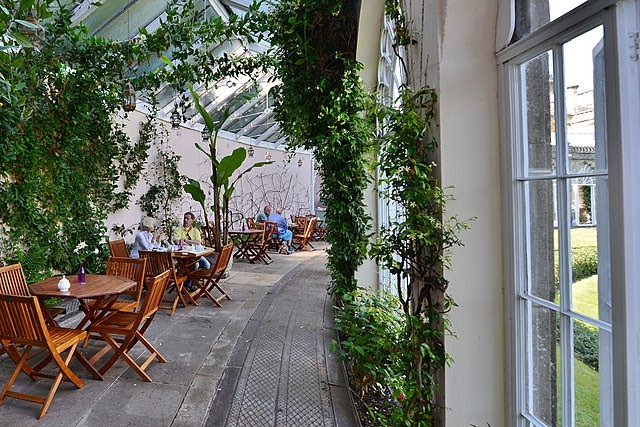
Material choices are key, organic materials may seem an obvious choice, but those resources need to be used responsibly in terms of their sustainability. Rapidly renewable materials such as cotton, natural rubber, bamboo, linoleum and cork can be produced in an environmentally responsible way. Technological advances are also producing new alternatives such as Mylo; a material created using mycelium, the underground roots of mushrooms, or composite panels made from sunflower seeds or straw. Regional materials reduce the emissions associated with transporting materials long distances and salvaged materials allow previously embodied carbon to remain trapped.
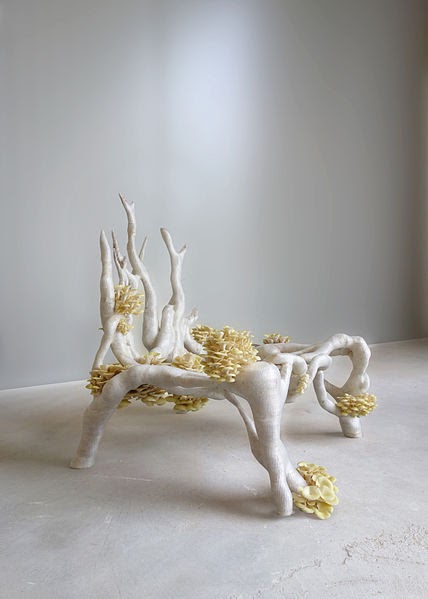
Technology also gives us the ability to interact with and control the spaces in which we live and work. The rapid uptake of smart systems which can learn your habits and routines and use them to save energy is a win for both the planet and our comfort and convenience. Smart illumination can ensure the desired atmosphere is set as well as responding to occupancy or daylight availability to use less energy. We may soon be able to harness electricity from our human movement in or through a space and further innovations are constantly emerging, such as glazing incorporating clear solar cells, furniture created from discarded fish nets and ropes, ceramic-like tableware pieces made from toxic red mud which is a waste by-product of aluminium production and many others, all demonstrating the role tech will play.
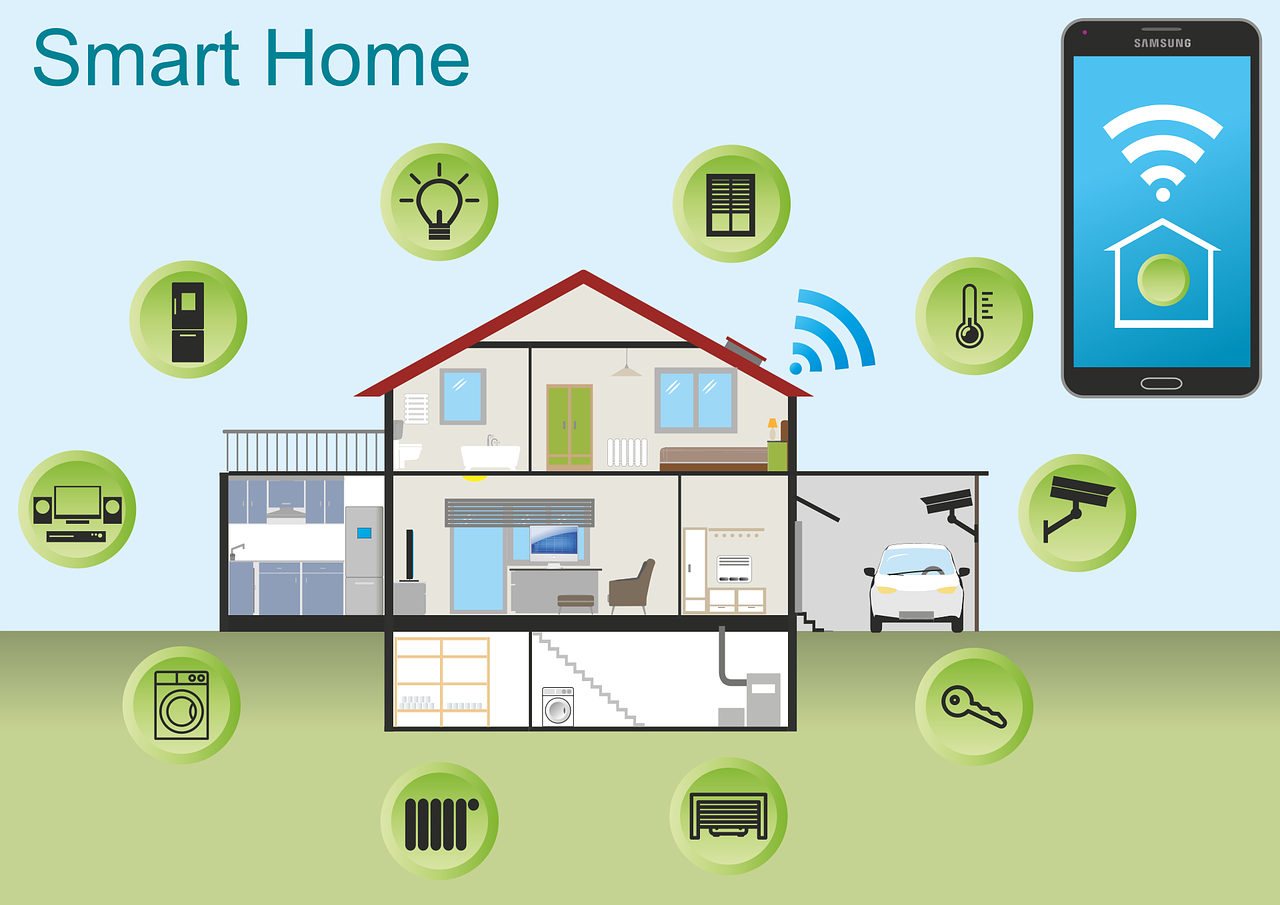
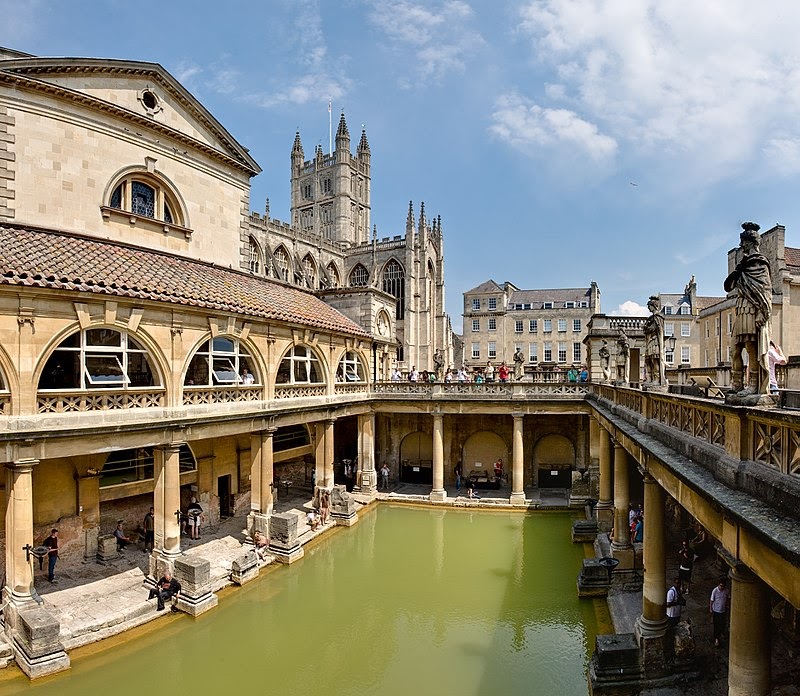
Passive climate control strategies responding to site and climate were incorporated in some of the earliest examples of architecture and design. Roman bathhouses were sited near hot springs for geothermal heat, were built from local materials, had large south-facing windows for solar gain and employed natural ventilation. Designers were only able to decouple from the external environment with the advent of cheap energy. With the Paris Agreement deadline of 2050 to be climate-neutral, we all need to be returning to those ancient practices whilst incorporating the best of modern technology to do so. Not just to reduce our footprint, but for climate-positive design which actively begins to reverse the damage done.
|
|







Thanks for an introduction to ‘green ideas’ Mike – thought provoking stuff!